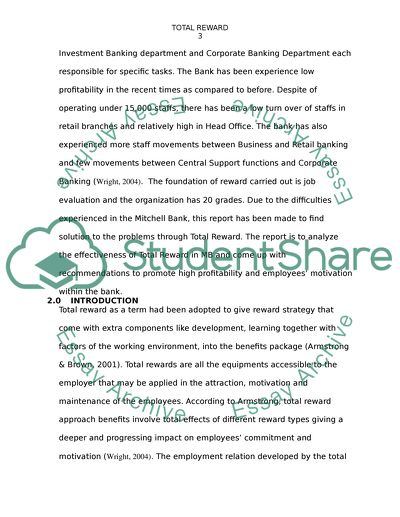Cite this document
(“Total reward Coursework Example | Topics and Well Written Essays - 2000 words - 1”, n.d.)
Retrieved from https://studentshare.org/human-resources/1697167-total-reward
Retrieved from https://studentshare.org/human-resources/1697167-total-reward
(Total Reward Coursework Example | Topics and Well Written Essays - 2000 Words - 1)
https://studentshare.org/human-resources/1697167-total-reward.
https://studentshare.org/human-resources/1697167-total-reward.
“Total Reward Coursework Example | Topics and Well Written Essays - 2000 Words - 1”, n.d. https://studentshare.org/human-resources/1697167-total-reward.


